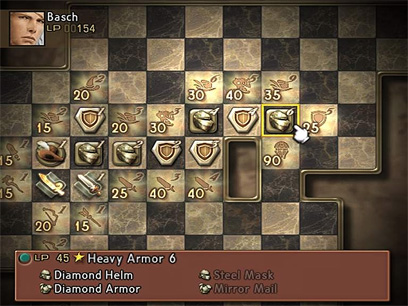I thought I post something real quick to liven this place up a bit. Recently, I have been playing Hotel Dusk for the DS which is game by the studio Cing, which also made Another Code (aka Trace Memory). It is a great and inspiring game and I want to write write about it some more. However, this time I will focus on a very stupid flaw of it which frequently occurs in other games as well: invisible causality.
Whee!… but wait, why are we doing this again?
About
Game Design Reviews is a Blog used by a group of game designers from Germany to publish and discuss their thoughts on various games. The blog consists entirely of reviews of games. Each review focuses on the important game design ideas and concepts of that particular game. We also run a second, more informal Blog called Game Design Scrapbook.














